
Our program this month features three Baroque compositions by women composers, performed by the Ars Femina ensemble.
The first work on our program is Componimento for violin and continuo, composed in Venice in 1622 by Lucrezia Vizana. Vizana entered the convent of St Christine in 1598 at the age of 8, where she was trained in music. Her compositions are characterized by virtuosic ornamentation, as we’ll hear in this performance by violin soloist Katie Whiteside.
Next on our program are Two Dutch Carols by Anna Ovena Hoijer. Both carols were composed in Rotterdam, the first in 1617, and the second in 1622. Although Hoijer was Dutch, she wrote in German to reach a wider audience. In this performance, the mezzo-soprano soloist Julie Hartwein sings in German, and the chorus is sung in English.
The final pieces on this program are Two canzonas for duo violins, composed in Regensberg , Germany in 1600. These instrumental pieces were discovered in the bindings of a set of choirbooks used at the Regensberg Cathedral, with the composer only identified as “La Contessa.” Thanks to recent scholarship, the mysterious composer has finally been identified as Maria Paterina.
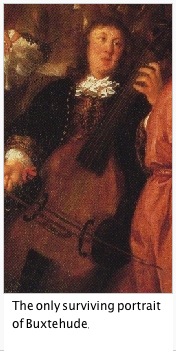
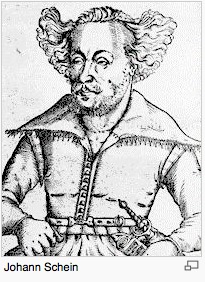
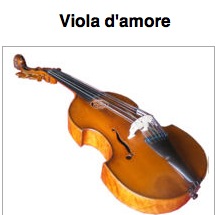
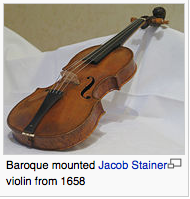
 Our program (12 minutes and 22 seconds) features
Our program (12 minutes and 22 seconds) features  Our program (11 minutes and 22 seconds) features music of the
Our program (11 minutes and 22 seconds) features music of the 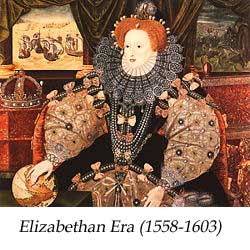 Our program “Elizabethan Delites” (10 minutes and 41 seconds) features:
Our program “Elizabethan Delites” (10 minutes and 41 seconds) features: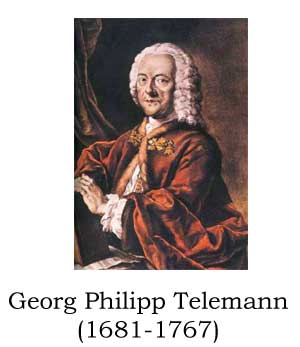 Our program this month (13 minutes and 57 seconds) features the rarely performed Concerto for
Our program this month (13 minutes and 57 seconds) features the rarely performed Concerto for 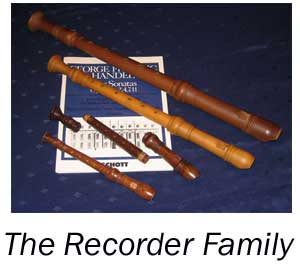 Our program this month (13 minutes and 29 seconds) features Amy Pikler, winner of the 2008
Our program this month (13 minutes and 29 seconds) features Amy Pikler, winner of the 2008  Our program the Music of
Our program the Music of 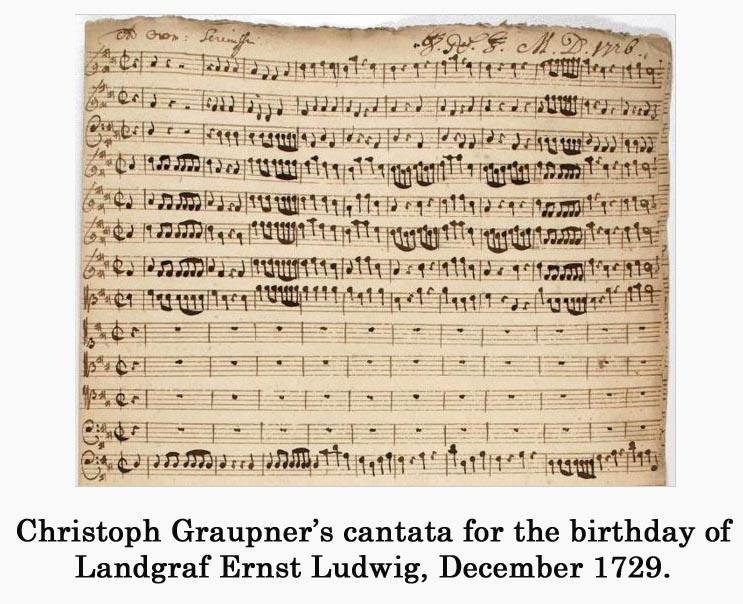 Our inaugural program, Music for Exotic Instruments (12 minutes and 29 seconds), features the modern premiere of the Overture and Chaconne GW472 by
Our inaugural program, Music for Exotic Instruments (12 minutes and 29 seconds), features the modern premiere of the Overture and Chaconne GW472 by